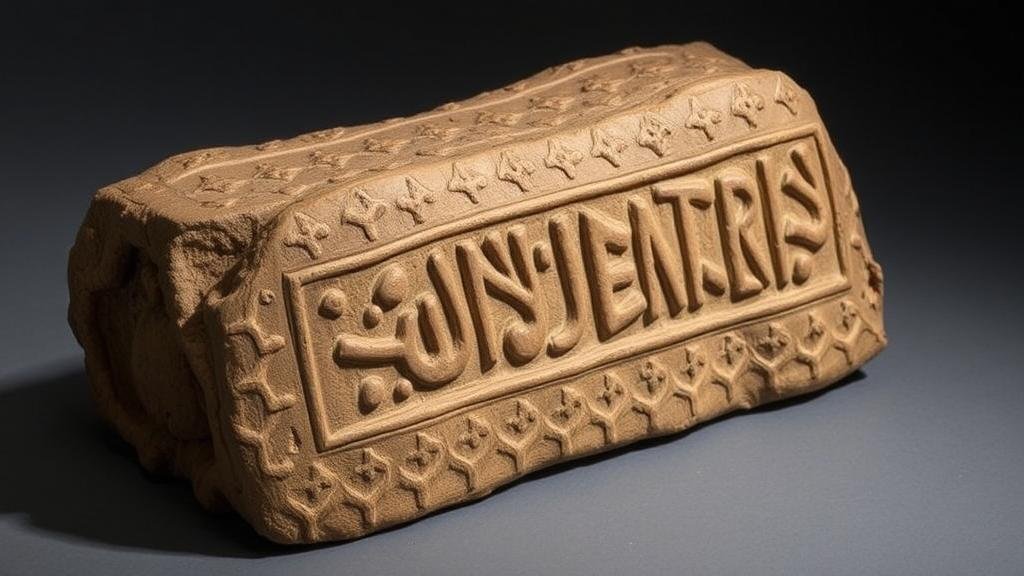Exploring the purpose of the “Oxus Treasure,” a collection of ancient Persian artifacts.
Exploring the Purpose of the Oxus Treasure
The Oxus Treasure, discovered in the late 19th century, is a remarkable collection of ancient Persian artifacts that provides invaluable insights into the culture, economy, and artistry of the Achaemenid Empire. Dating back to around 500 BCE, the treasure reflects the sophistication of one of historys greatest empires and serves multiple purposes, from ceremonial to practical. In this article, we will explore the origins, significance, and the enduring legacy of the Oxus Treasure.
Historical Background of the Oxus Treasure
The Oxus Treasure was discovered in 1877 by Russian archaeologist Viktor Sarianidi near the Oxus River, in present-day Tajikistan. artifacts were found in a burial site attributed to the Achaemenids, the first Persian Empire founded by Cyrus the Great around 550 BCE. The collection comprises over 180 distinct pieces, including jewelry, vessels, and ceremonial items, made from gold, silver, and semi-precious stones. This deposit showcases the skilled craftsmanship of ancient Persian artisans and indicates a high degree of social stratification within the empire.
Functionality of the Artifacts
The pieces within the Oxus Treasure served various functions, which can broadly be categorized into three primary areas: ceremonial, practical, and as symbols of power.
- Ceremonial Use: Many artifacts, such as intricately designed goblets and ceremonial vessels, were likely used in religious or state rituals. r intricate designs reflect the importance of aesthetic beauty and symbolic representation in ceremonies.
- Practical Applications: Some objects, such as tools and weapons, exemplify the everyday life of the Persians. For example, curved daggers, known as khukuris, served both practical and ceremonial purposes in ancient society.
- Symbols of Power: The treasure is rich with decorative items, like ornate jewelry, which served not only as personal adornment but also as status markers. Ownership of such items implied wealth and power, reinforcing social hierarchies.
Cultural and Economic Significance
The Oxus Treasure illuminates the cultural exchanges within the ancient world. variety of materials and designs found in the collection indicates the interactions between Persian civilization and neighboring cultures, including the Greeks and Central Asian peoples. For example, artifacts like the eagle-shaped gold fittings reflect Hellenistic influences, suggesting that trade routes played a significant role in the dissemination of artistic styles.
Economically, the treasure highlights the wealth generated through trade and conquest during the Achaemenid Empire. The vast network of trade routes, including the Silk Road, enabled the exchange of goods, ideas, and technologies, leading to economic prosperity. It is estimated that at its height, the Persian Empire controlled an area that generated substantial resources, allowing for impressive artistic endeavors such as the Oxus Treasure.
Enduring Legacy and Current Relevance
Today, the Oxus Treasure continues to be an essential subject of study for historians and archaeologists alike. Its current home at the British Museum allows for the examination of ancient Persian culture far beyond its physical artifacts. Scholars have made significant contributions to understanding the socio-political structures, beliefs, and practices of the Achaemenid Empire through analysis of the treasure.
As a testament to human ingenuity and artistry, the Oxus Treasure inspires contemporary artists and designers, echoing its impact on the modern world. continual fascination with these artifacts stimulates dialogue around cultural heritage, conservation efforts, and the importance of protecting archaeological finds from illicit trading and environmental damage.
Conclusion
The Oxus Treasure serves not just as a collection of beautiful artifacts, but as a vital link to the past, revealing the complexity and richness of ancient Persian life. Its artifacts fulfill ceremonial, practical, and symbolic purposes, showcasing the sophisticated social structures and economic systems present in the Achaemenid Empire. As both a historical treasure and an educational tool, the Oxus Treasure will continue to capture the imagination of future generations, embodying the spirit of a civilization that laid the groundwork for much of Western culture.


